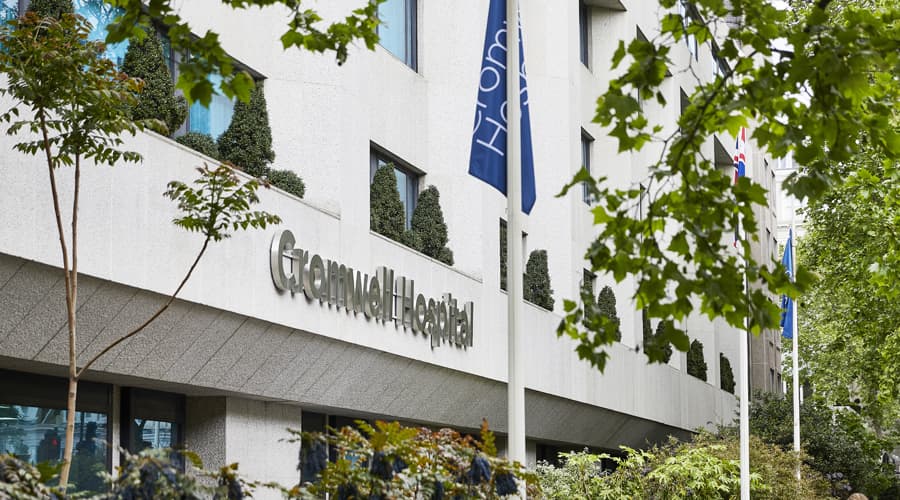Stabilisation of the kneecap
Patella stabilisation is an operation to stabilise the kneecap when physiotherapy hasn't helped.
What is stabilisation of the kneecap?
Patella stabilisation is an operation to stabilise the kneecap when physiotherapy hasn't helped.
Your kneecap (patella) is a small floating bone in the front of your knee joint. It is stabilised by structures from above and below the patella including ligaments and tendons.
Common problems with the kneecap include:
- subluxation – normally, your patella glides up and down in a groove at the bottom of your thigh bone (femur). If your thigh muscles have been weakened, your patella can be pulled out of the groove, causing pain and discomfort.
- dislocation – when the kneecap has been pulled out of position and rests on the outside of the joint. This happens if one of the ligaments holding it in place is wrenched or torn.
Your orthopaedic surgeon may recommend stabilisation surgery if you have dislocations, consistent pain, or instability in knee.
The tight lateral tissues and muscles that have pulled the patella out of place are cut, allowing the patella to resume its normal position.
If the patella has been pulled to one side, the lateral tissue is loosened on one side and tightened on the other.
If your kneecap has been dislocated, there may be a tear in the ligament that attaches the kneecap to the thigh bone.
Surgery involves reconstructing this ligament, normally using donor tissue from another part of your body with anchors into the thigh bone and kneecap.
Tibial tubercle transfer is recommended if there is evidence of existing malalignment of the patella.
Your orthopaedic surgeon cuts a small lump on the shin bone (tibial tuberosity) where the patella tendon connects, and repositions it, so the kneecap is centralised. It’s then held in place using metal screws.
How is kneecap stabilisation surgery carried out?
Kneecap stabilisation surgery is carried out partly arthroscopically – a type of minimally invasive keyhole surgery – and partly with open surgery.
It is normally carried out under general anaesthetic, so you will be asleep.
The patella ligaments are cut and/or tightened to realign your kneecap.
In MPFL repair, small drill holes are made into your thighbone and kneecap. The ligament is then inserted, where it will graft itself in place.
Tibial tubercle transfer is carried out as open surgery. Your surgeon will make an 8 to 10cm cut just below your kneecap. The lump on the tibia where the patella tendon attaches is moved slightly to the side, where it is reattached in the correct position.
You will usually be able to go home the same day as the operation. Your knee should be kept dry for 48 hours after surgery.
You will need crutches for about four to six weeks. How much weight you can bear and how much movement you’re allowed varies according to the amount of surgery you’ve required.
We will give you physiotherapy exercises and you can take over-the-counter painkillers to help with any pain.
If you have had tibial tubercle transfer (TTT): you won’t be able to put any weight on your leg for four to six weeks. You will need to wear a knee brace for at least four weeks. The cut bone itself takes about three months to heal, and it can be six to twelve months before full strength is restored.
Contact us today
Our team will be happy to answer any questions and book your appointment.
Self-pay: +44 (0)20 7244 4886
Insured: +44 (0)20 7460 5700
Paying for your treatment
We welcome both self-paying and insured patients.
Self-pay patients
We offer several ways for patients to self-pay, including pay-as-you-go and self-pay packages.
Insured patients
At Cromwell Hospital, we accept private health insurance from most major providers, including AXA, Aviva, Bupa, and Vitality.
Our locations

Book an appointment today
Call us now for appointment bookings, general queries, and personalised quotes.
Alternatively, you can contact us using our online form.
